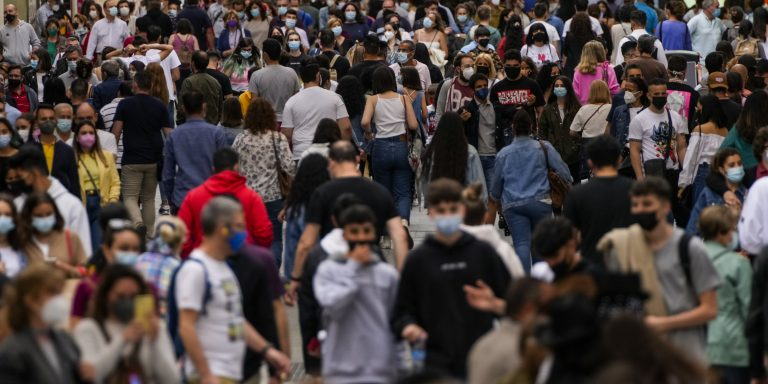
The COVID-19 pandemic is still surging in many parts of the world, due primarily to slow vaccination rates and the spread of virulent variants.
Espionage, particularly human intelligence (HUMINT), has been forced to adapt to a host of significant changes induced by the pandemic.
Travel restrictions, both locally and internationally, continue to disrupt clandestine travel, meetings, and recruitment of sources and assets.
Unlike the Hollywood image, there is no quick technical fix to human espionage or overcoming the many intelligence challenges posed by COVID-19.
Were this a movie, with the near-ubiquitous mandate of mask wearing, COVID-19 would be a golden age of anonymity and clandestine meetups. But this isn’t Hollywood, and the reality is far different. Travel restrictions have wreaked havoc on human intelligence collection, and while masks do protect others from the spread of the coronavirus, they don’t do much to protect those wearing them from detection and identification, Hollywood scripts notwithstanding. Travel and gatherings may have been temporarily interrupted, but the national security intelligence requirements of countries have remained as urgent as ever, if not more so, as extremist ideologies and narratives continue to spread alongside the virus. Intelligence agencies have had to devise workarounds that account for the usual clandestine needs, but also health concerns and a markedly different operating environment. Criminals, terrorists, and violent extremists, for their part, have been forced to make adaptations as well.
COVID-19 restrictions, both local and international, have ebbed and flowed in various locations since the beginning of 2020. Now halfway through 2021, the pandemic is slowing in some countries, but is surging elsewhere. Vaccine access and distribution remains wildly unequal, with countries like the United States registering a surplus because a sizable percentage of the population refuses the vaccine, and hesitancy about various versions slowing rates in Europe and Australia. Meanwhile, entire swaths of Africa, Asia, and South America have dangerously low vaccination rates because they don’t have enough doses. This has predictably led to an out-of-control mutation of the virus, with the latest “Delta variant” becoming a problem everywhere, targeting communities with low vaccination rates. Accordingly, intelligence agencies, police departments, and their liaison units are all operating on different wavelengths, which can lead to challenges in sharing information and intelligence cooperation – two things highlighted as essential for understanding and responding to extremism in the new U.S. Domestic Terrorism Strategy.
The unequal distribution of vaccines has exacerbated the situation where intelligence agents from Western states can most easily travel among each other’s countries, while “hard targets” are further hardened due to health restrictions. One of the challenges is that Western spies will often meet sources from hard targets in third countries where both parties can travel with security and acceptable scrutiny. The ever-changing patchwork of travel restrictions has likely thrown this method of source meeting into disarray—or at least slowed its pace. A slowdown in asset meetings can result in a dearth of intelligence collection, though agencies never rely solely on one type of collection. Human intelligence (HUMINT) is just one of the many sources of intelligence and information (INT), along with signals intelligence (SIGINT), imagery intelligence (IMINT), and measurement and signature intelligence (MASINT). Open-source intelligence (OSINT) has become increasingly more valuable during the pandemic, but it has also had the effect of leveling the playing field between intelligence agencies and non-state actors.
Intelligence agencies have secure means of communicating with sources but, as evidenced by the persistent leaks and hacking of communications previously assumed to be secure, these methods are not a suitable replacement for face-to-face meetings. Moreover, people change behavior and interaction patterns online, making them less like meetings in real life. Even with encryption, certain information must be delivered directly. As a rule of thumb, the more sensitive the information, the more basic the method of delivery. And COVID-19 has and continues to disrupt basic human movement and interactions. Despite these challenges, the news is not all bad for intelligence agencies. The unprecedented rise in video conferencing has led to new collection opportunities. The user convenience of platforms like Zoom are attractive, but from an intelligence agency perspective, these platforms qualify as low hanging fruit. From business decisions to scientific studies, collaboration over the internet has immensely positive results but, as with all technology, there are serious security vulnerabilities, concerns, and downsides that must also be considered. The issue goes far beyond video streaming, to include file sharing, unencrypted email, and data storage that is proving vulnerable to ransomware, malware, and cyberespionage. Adapting to new social and communications methods and behavior patterns will therefore be an essential component of post-COVID HUMINT efforts.
